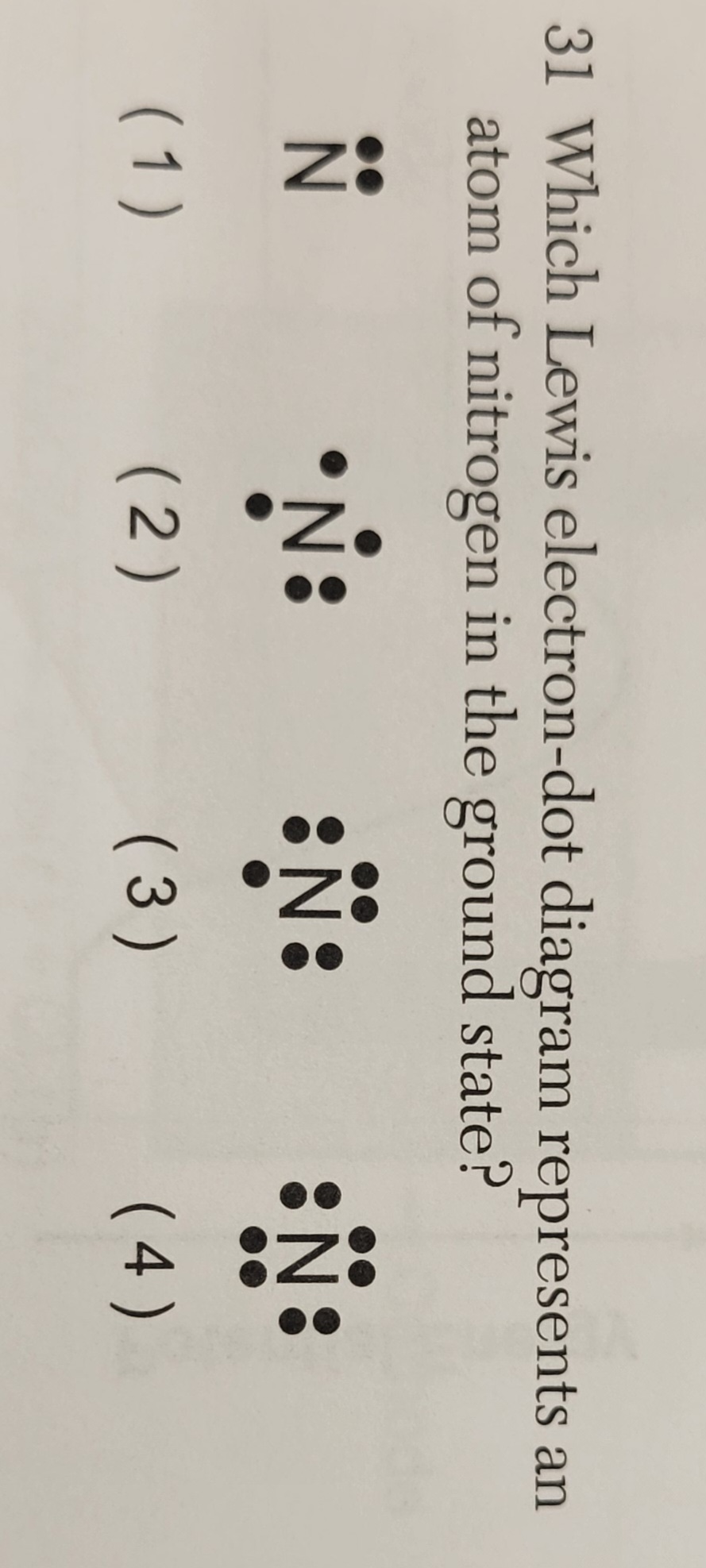Questions
Explanations

2-5
5 dots around the N
| Isotope | Atomic Mass (u) | Natural Abundance (%) |
| Ag-107 | 106.905 | 51.8 |
| Ag-109 | 108.905 | 48.2 |
Which numerical setup can be used to calculate the atomic mass of silver?
1. (106.905 u)(51.8) + (108.905 u)(48.2)
2. (106.905 u)(51.8%) + (108.905 u)(48.2%)
3. (106.905 u)(48.2) + (108.905 u)(51.8)
4. (106.905 u)(48.2%) + (108.905 u)(51.8%)
Usually you would move the decimal over and remove the % sign, or leave the % and divide it all by 100%. Neither is a choice.
this setup would be marked wrong on my class test as it requires additional mathematical calculations to determine the atomic mass.
Note** can be used
1. 15
2. 18
3. 22
4. 37
so 37-19=18
1. 0.091%
2. 0.10%
3. 9.1%
4. 10.%
percent error Table T
((9.79-8.90)/8.90) *100%=10%
1. lower first ionization energy and lower electronegativity values
2. lower first ionization energy and higher electronegativity values
3. higher first ionization energy and lower electronegativity values
4. higher first ionization energy and higher electronegativity values